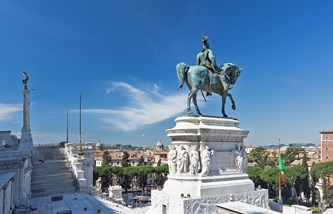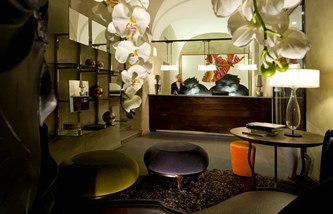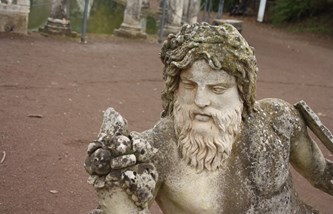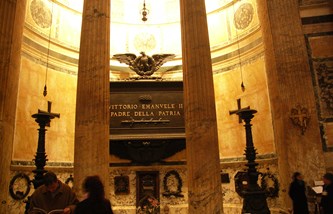Tours

Rome Tourist Card
Rome Tourist Card
Snap up the Rome Tourist Card and you'll get everything you need to explore Rome's top highlights including Colosseum, Palatine Hill, Roman Forum and Hop on/off bus. You can even choose the order you see things in.

Colosseum, Roman Forum & Palatine Hill: Priority Entrance
Colosseum, Roman Forum & Palatine Hill: Priority Entrance
Skip the long lines at the Colosseum with this priority-entrance ticket. This ticket will let you bypass the crowds. And after exploring the Colosseum you can head to the area of the Roman Forum and the Palatine Hill.
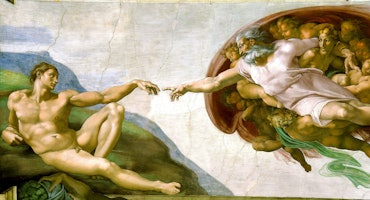
Vatican Museums & Sistine Chapel: Skip The Line
Vatican Museums & Sistine Chapel: Skip The Line
This ticket will make you save stress and time by allowing you to get priority entrance and skip the line. Visit the the countless masterpieces by Michelangelo, Raphael, Caravaggio, Tiziano and the Sistine chapel.
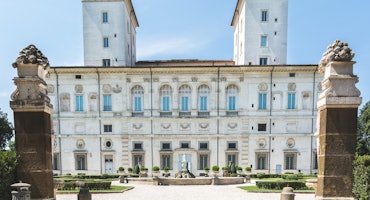
Borghese Gallery: Fast Track
Borghese Gallery: Fast Track
Galleria Borghese is located in the villa of the park Villa Borghese. Admire the architecture and furnishings of this beautiful villa. It is a museum full of art from the Renaissance. The collection includes several sculptures and paintings. Because of limited capacity get tickets for this museum weeks in advance.
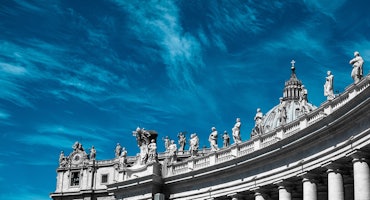
St. Peter’s Basilica: Dome Climb with Guide
St. Peter’s Basilica: Dome Climb with Guide
Get the most out of your visit to St. Peters with a guided tour to climb the basilica’s dome designed by Michelangelo and admire one of the stunning view. After the tour, you can explore the the basilica at your own pace.
Piazza Venezia
Piazza Venezia or Venice Square is a square in Rome located where four major roads meet. These roads are the Via del Corso, Via del Plebiscito, Via di Teatre Marcello and Via dei Fori Imperiali. Through these four roads, Piazza Venezia is also known for its chaotic traffic.
Piazza Venezia is located at the foot of the Capitoline Hill. It owes its name to Palazzo Venezia.
Palazzo Venezia building was commissioned by Pietro Barbo, who later became Pope Paul II. The building was designed by the architect Francesco del Borgo. He started its construction in 1455.
Then Palazzo Venezia has served as Embassy of the Republic of Venice, and was used by the Austrian ambassador. The Italian government took over the palace during the First World War. Today Palazzo Venezia is a museum of Medieval and Renaissance art, Museo di Palazzo.

This monument was erected to the first King of Italy, Victor Emmanuel II. It is also called Altare della Patria (Altar of the fatherland.)
The monument was designed by Giuseppe Sacconi and was built between 1895 and 1911. Inside the museum there is a collection of works regarding the unification of Italy.
Palazzo Bonaparte was built in 1666 for the family d’Aste. The building was occupied by several families. A well-known resident was the mother of Napoleon Bonaparte, Maria Laetitia Ramolino. Her half brother arranged this house for her when she was expelled from France. Palazzo Bonaparte was named after her.
Basilica San Marco is one of the oldest basilicas of Rome. It was built in 336 AD. There have been various remodeling works in Basilica San Marco and the largest was in the ninth century. In 1451 the basilica was part of Palazzo Venezia
This basilica is actually located on the San Marco square. But since this little square is surrounded on all sides by Piazza Venezia, you can also see it as a part of this square.
Madame Lucrezia is a bust which stands at the Basilica San Marco. It was placed there by Cardinal Lorenzo Cybo in 1500. At that time he was the Cardinal of San Marco.
The sculpture represents the Egyptian goddess Isis and is probably derived from a Isis temple.
Madame Lucrezia is also known as one of the most striking images. At the time when the popes were in power in Rome, people started to write and stick several slogans on the image to express their dissatisfaction.
